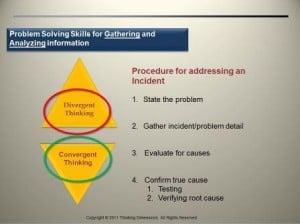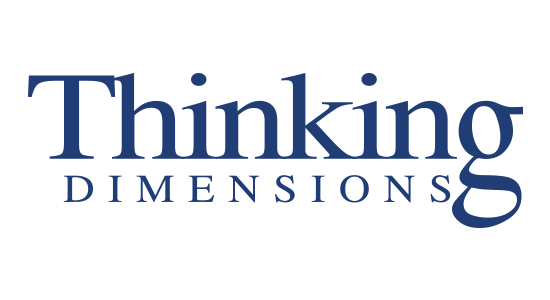How to gather, what to gather, where and when to gather

As a general rule the most successful man in life is the man who has the best information –
Benjamin Disraeli (British Prime Minister 1874 - 1880)
The quote from Benjamin Disraeli was taken from a time when information was not as readily available as it is today or to the same level of detail, we only have to look at some of the Victorian newspapers from this time to understand how poorly knowledge and information was presented.
Today information is literally at our fingertips and there is very little that is not available to us through the internet. Granted we are probably not going to find the exact situation we are experiencing but there is a good chance that most incidents will have been recorded in one guise or another – no harm in having a search through some of the related “techie” sites, we may not get the answers but there may well be clues as to the direction we should be heading.
Now to continue with our process of finding a solution to the problem that we defined in the previous blog that we were at pains to be so specific in describing the object and the fault -
The marketing workstation is unable to print colour
To be more exact in terms of our working model we identified the two specifics as
Object Fault
The marketing workstation Unable to print colour
It is important that we limit our gathering of information to only one object and one fault at a time to ensure we arrive at a workable solution in the shortest possible time without being side-tracked by unrelated items/elements.

The Divergent and Convergent Process
Our next step if we look at the graphic is to gather the incident and problem detail relevant to the problem statement. This shouldn’t be too hard to do but the emphasis must be placed on receiving input from all the team members.
This is part of the reason why we had to agree when we stated the problem; we required consensus from all the participants as we need them all to contribute and agree on the decisions made in each of the remaining phases.
At this stage in gathering information we are applying a thinking process that we refer to a divergent thinking, this is illustrated by the image of the triangle opening as we move through the process. Divergent Thinking can probably best be explained for our purposes by the definition “Creative thinking that may follow many lines of thought and tends to generate new and original solutions to problems”.
I have added a few rules below that should help us in our divergent thinking in putting forward possible solutions to the problem.
It is important that we record the solutions as they may be evaluated in detail in the next phase of the process.
In starting the process of putting forward proposals for possible solutions it is important that we are reminded:
- Of the stakeholders and SME’s(Subject Matter Experts) involved in the process
- Of the needs of all the stakeholders or SME’s
- Of the problems, issues and challenges are currently being experienced by them
- To suspend any judgement on proposals forwarded
- To encourage a volume of proposed solutions as opposed to value
- To encourage the building of one proposal on the suggestion of another
- To encourage a “wildest proposal” if ideas start to dry up
- To encourage “structured daydreaming” by asking for an ideal outcome
It is important that all of the proposals are recorded by a scribe; this may be on a flipchart, screen or any electronic device. The key is that they can be recalled, evaluated and discussed in more detail in the analysing step of the process; this is when we will look at the next step – The Convergent Thinking stage



